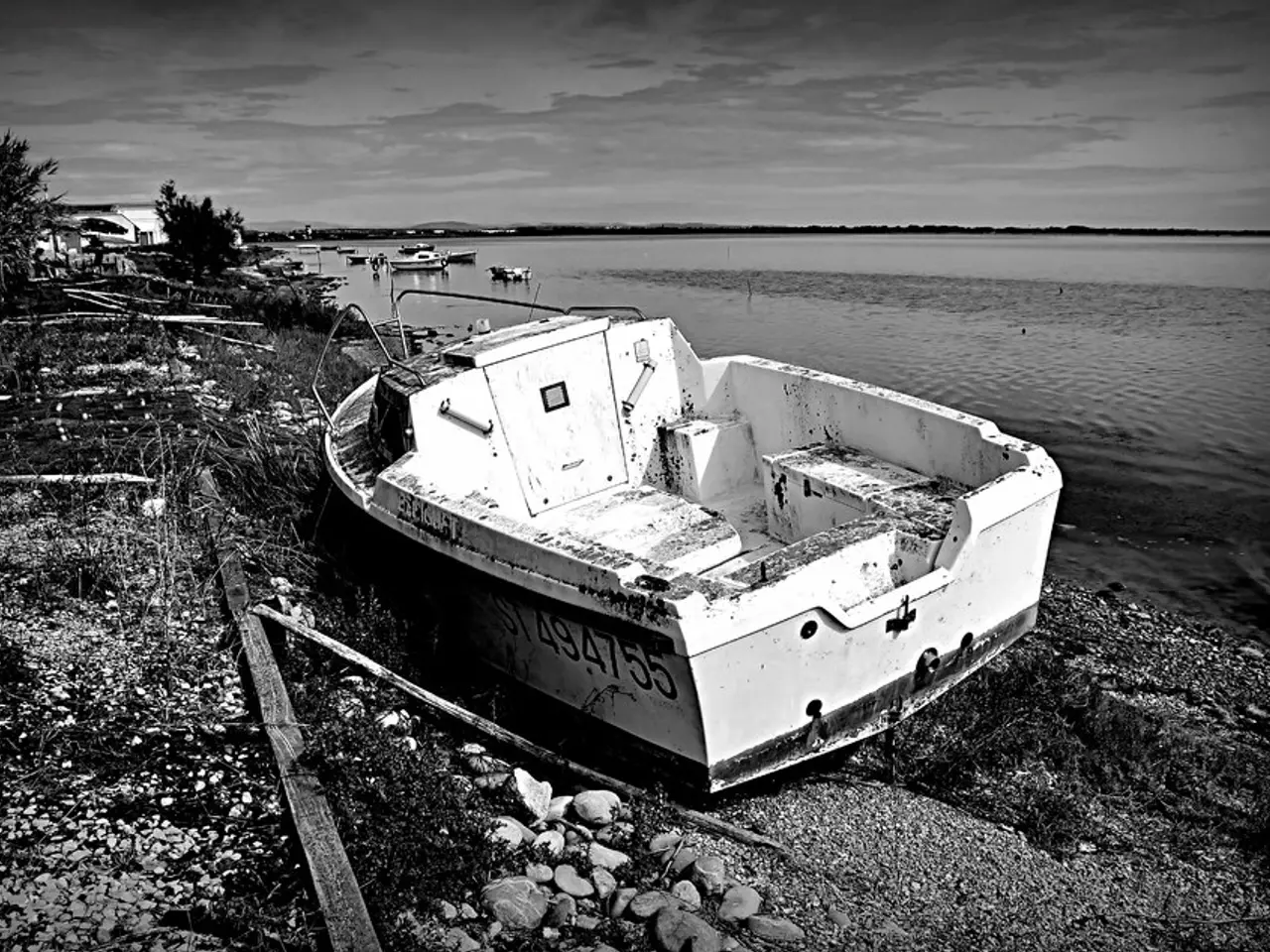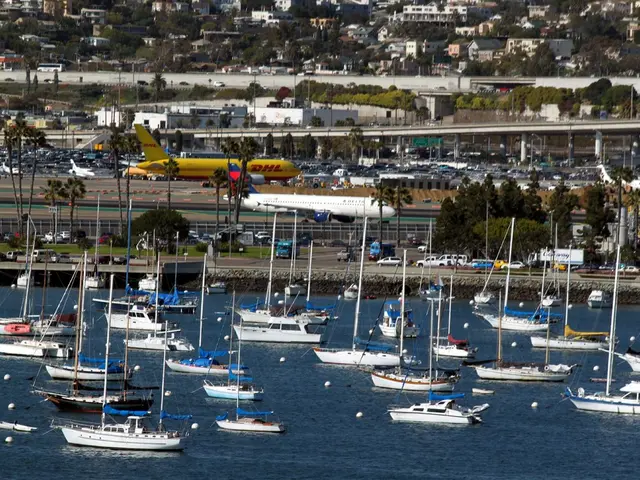Marine Energy's Promise and Peril: Balancing Renewables and Ecosystems
The expansion of marine energy projects, while promising for renewable energy, raises concerns about potential harm to marine life and ecosystems. The Kunming-Montreal Global Biodiversity Framework seeks to safeguard at least 30% of the ocean by 2030, but the long-term impacts of large-scale marine energy projects remain uncertain.
Marine energy machines, such as offshore wind and tidal turbines, can generate noise and vibrations detrimental to marine animals. The ocean, already struggling from human activities like pollution and climate change, faces accelerating species and habitat loss. Despite these challenges, renewable energies like solar, wind, and marine sources have gained popularity due to their environmental and economic benefits.
To mitigate the impacts of marine energy projects, Marine Spatial Planning (MSP) is employed in regions like Europe's Baltic and North Seas. This approach aims to coordinate sustainable use and protection of marine environments, as seen in EU initiatives and regional cooperation frameworks. However, installing energy systems at sea can still exacerbate issues in sensitive ecosystems like the Mediterranean Sea. Offshore wind and tidal energy installations can significantly alter marine ecosystems, highlighting the need for careful planning and management.
As marine energy projects progress, it's crucial to ensure they have a net positive impact, compensating for any negative effects and restoring damaged zones. By employing Marine Spatial Planning, profitable areas for activities like installing turbines can be identified with minimal ecological damage. The successful integration of marine energy projects depends on our understanding and mitigation of their impacts on marine life and ecosystems.
Read also:
- Flu Vaccination Timing and Symptoms to Watch Out For
- Executives at Lipton Teas Recognized as Trailblazers in the Consumer Packaged Goods (CPG) sector by Top Women in Grocery
- Challenges in Advancing Cell and Gene Therapy: Balancing Innovation, Legislation, and Production hurdles
- Artist Ranjan Kaul's 'Within, Without' Explores Societal Issues







